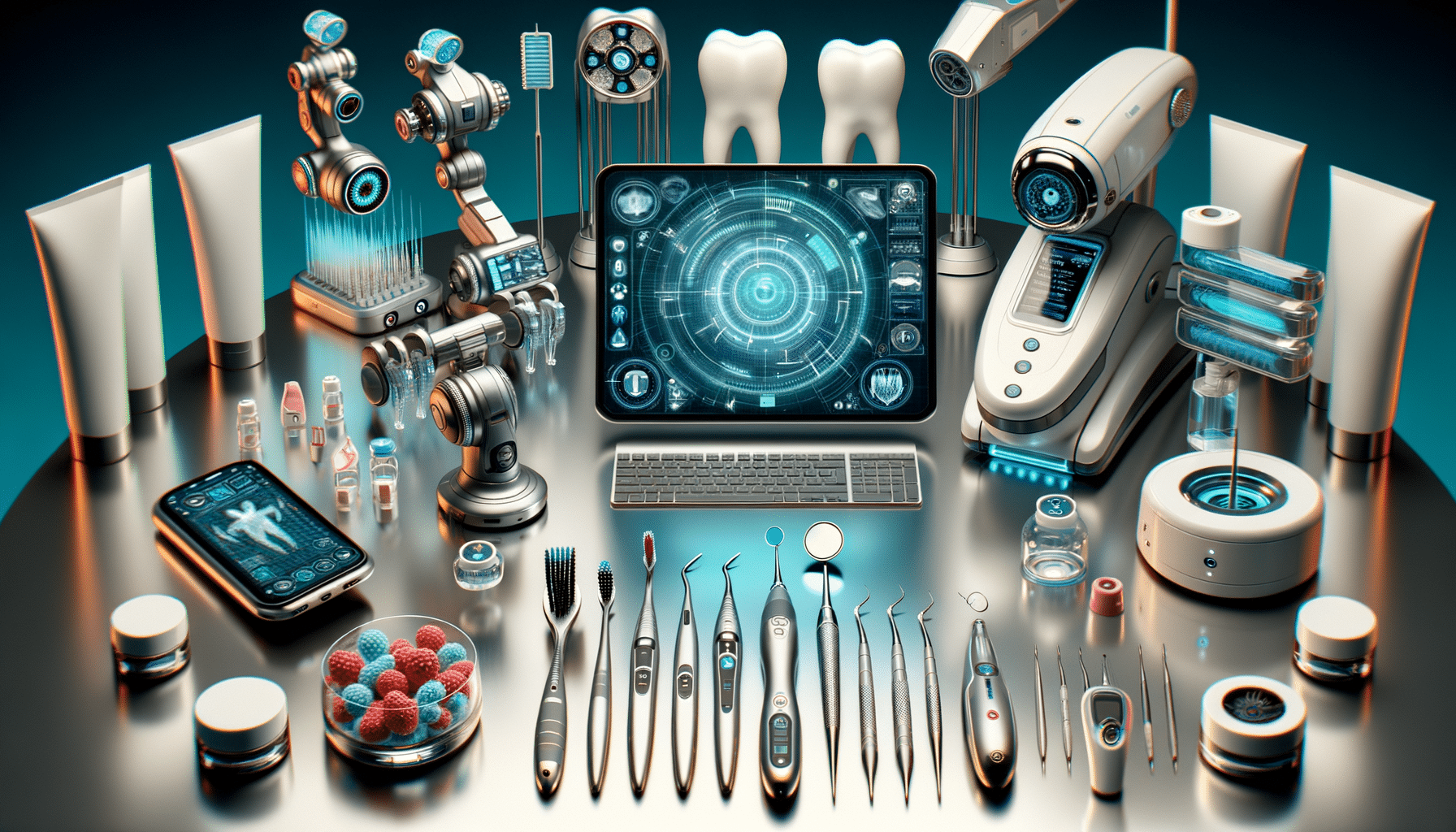
Dentists and dental care in 2025: What You Should Know
The Evolution of Dental Care: A Look into 2025
As we step into 2025, the field of dental care is witnessing remarkable advancements that are reshaping the way we approach oral health. From cutting-edge technology to innovative treatment methods, dentists are now equipped with tools that enhance patient care and comfort. The integration of artificial intelligence (AI) in diagnostics is one of the most significant developments. AI algorithms are now capable of analyzing dental images with precision, aiding dentists in detecting issues that might have been overlooked with traditional methods.
Moreover, the use of 3D printing technology is revolutionizing the creation of dental prosthetics. Custom-fit crowns, bridges, and dentures can now be produced with greater accuracy and speed, significantly reducing the waiting time for patients. This technological leap not only improves the quality of dental restorations but also enhances patient satisfaction.
Tele-dentistry is another trend gaining momentum in 2025. With the convenience of virtual consultations, patients can receive professional advice and follow-up care from the comfort of their homes. This approach is particularly beneficial for individuals living in remote areas or those with mobility challenges.
In summary, the evolution of dental care in 2025 is characterized by technological innovation, improved accessibility, and a focus on patient-centered care. These advancements are paving the way for a future where dental health is more efficient and effective than ever before.
Preventive Care: The Cornerstone of Oral Health
Preventive care remains a fundamental aspect of dental health in 2025. Dentists emphasize the importance of regular check-ups and cleanings to maintain optimal oral hygiene. These routine visits are essential for early detection of potential issues, allowing for timely intervention and treatment.
Fluoride treatments and dental sealants continue to be popular preventive measures, especially for children. Fluoride strengthens tooth enamel, making it more resistant to decay, while sealants provide a protective barrier against cavities on the chewing surfaces of molars.
In addition to professional care, dentists advocate for effective at-home oral hygiene practices. Brushing twice a day with fluoride toothpaste, flossing daily, and using an antibacterial mouthwash are recommended to keep teeth and gums healthy. Diet also plays a crucial role in preventive care. Limiting sugary snacks and beverages helps reduce the risk of cavities, while a balanced diet rich in fruits, vegetables, and dairy products supports overall oral health.
As awareness about the connection between oral health and systemic health grows, preventive care is gaining more attention. Dentists are educating patients about the links between gum disease and conditions such as heart disease and diabetes. By prioritizing preventive care, individuals can enjoy not only a healthy smile but also improved overall well-being.
Cosmetic Dentistry: Enhancing Smiles in the Modern Age
Cosmetic dentistry has become increasingly popular in 2025, as more people seek to enhance their smiles and boost their confidence. This branch of dentistry focuses on improving the appearance of teeth, gums, and overall smile aesthetics.
Teeth whitening remains one of the most sought-after cosmetic procedures. Dentists offer both in-office treatments and take-home kits that provide noticeable results. Advances in whitening technology have made the process more efficient and comfortable for patients.
Veneers are another popular option for those looking to improve the appearance of their teeth. These thin porcelain shells are custom-made to cover the front surface of teeth, correcting imperfections such as discoloration, chips, and gaps.
Invisalign and other clear aligner systems have revolutionized orthodontics, offering a discreet alternative to traditional braces. These aligners gradually shift teeth into their desired positions, providing a more comfortable and aesthetically pleasing option for straightening teeth.
Cosmetic dentistry in 2025 is not just about aesthetics; it also focuses on functionality. Dentists strive to create beautiful smiles that are healthy and functional, ensuring that patients can enjoy the benefits of a stunning smile without compromising oral health.
Addressing Dental Anxiety: Creating a Comfortable Experience
Dental anxiety is a common concern for many patients, and addressing it is a priority for dentists in 2025. Creating a comfortable and stress-free environment is essential for encouraging regular dental visits and maintaining oral health.
Many dental practices are adopting sedation dentistry techniques to help patients relax during procedures. Options such as nitrous oxide (laughing gas), oral sedatives, and intravenous sedation are available, depending on the level of anxiety and the complexity of the treatment.
Additionally, dentists are focusing on communication and patient education to alleviate fears. By explaining procedures in detail and addressing any concerns, dentists can help patients feel more at ease. Providing a calming atmosphere with soothing music, aromatherapy, and comfortable seating also contributes to a positive experience.
Technological advancements play a role in reducing anxiety as well. The use of laser dentistry, for example, minimizes the need for drills and reduces discomfort. Virtual reality headsets are also being introduced in some practices to distract patients and create a more pleasant experience.
By prioritizing patient comfort and addressing dental anxiety, dentists are helping individuals overcome their fears and receive the care they need for a healthy smile.
The Future of Dental Education and Training
The landscape of dental education and training is evolving to meet the demands of modern dentistry. In 2025, dental schools are incorporating new technologies and methodologies to prepare future dentists for the challenges of the profession.
Simulation technology is playing a significant role in dental education. Virtual reality and augmented reality tools allow students to practice procedures in a realistic yet controlled environment. This hands-on experience is invaluable for developing skills and confidence before working with actual patients.
Interdisciplinary training is also becoming more prevalent. Dental students are learning to collaborate with professionals from other healthcare fields, recognizing the importance of a holistic approach to patient care. This collaboration is particularly relevant in understanding the links between oral health and systemic health.
Continuing education is emphasized in the dental field, ensuring that practicing dentists stay updated with the latest advancements and techniques. Online courses, webinars, and workshops provide convenient opportunities for professionals to enhance their knowledge and skills.
The future of dental education is bright, with a focus on innovation, collaboration, and lifelong learning. By embracing these changes, the dental profession is well-equipped to meet the evolving needs of patients and provide exceptional care.


